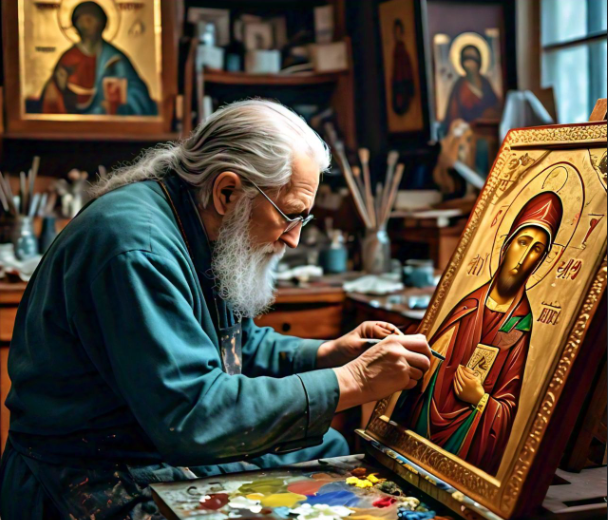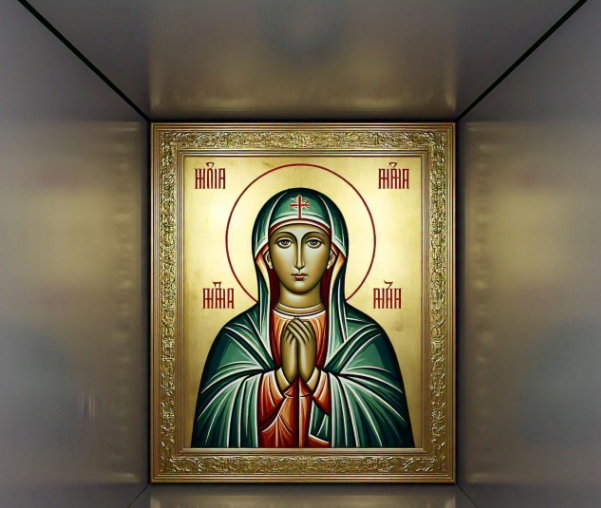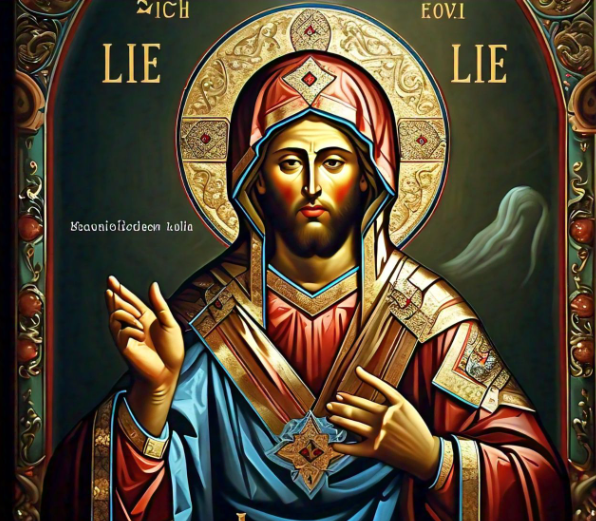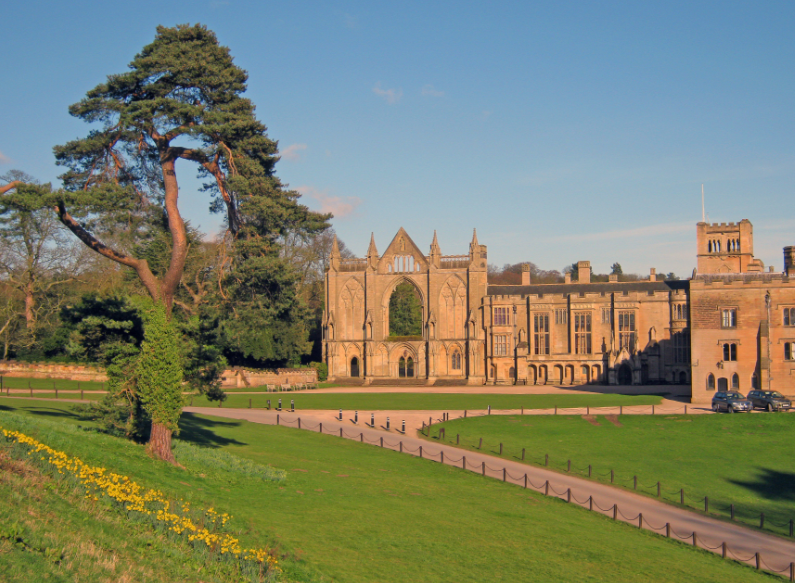The phrase “orthodox icon projecting lie” makes us think deeply about how art and faith connect. Orthodox icons are sacred images that tell stories about saints, faith, and the divine. But do these icons always show the full truth, or can they sometimes create misunderstandings? This is a question worth exploring.
Orthodox icons have been part of Eastern Orthodox Christianity for centuries. They are not just pictures; they are seen as holy tools that help people feel closer to God. But when someone says an icon might project a lie, it challenges us to think about how icons are made, understood, and shared across cultures. Let’s dive into this topic and uncover the mysteries behind these spiritual artworks.
What Are Orthodox Icons and Why Are They Important?
Orthodox icons are special images used in Eastern Orthodox Christianity. They are not just regular pictures; they are believed to be sacred and carry spiritual meaning. These icons often depict saints, biblical events, and holy figures, helping people feel closer to God. For centuries, they have been an essential part of worship and prayer.
Each icon is created with a lot of care and devotion. Artists, known as iconographers, follow strict guidelines to make sure the image reflects deep spiritual truths. The symbols are thought of “windows to paradise,” associating adherents to the heavenly. Through these artworks, faith becomes something people can see and feel, making it easier to understand spiritual teachings.
At the heart of their importance is their role in prayer and reflection. Believers use icons as tools to focus during prayer, believing the images guide their thoughts toward God. This deep connection shows why icons hold such a special place in the hearts of Orthodox Christians.
How Orthodox Icons Are Made: A Process of Faith and Art

The process of making an orthodox icon is as spiritual as it is artistic. Iconographers prepare themselves by praying and sometimes fasting before they begin their work. This ensures they stay focused on the holy purpose of their art. Each step of the process is done with intention and respect for tradition.
Artists use natural materials like wood, gold leaf, and mineral-based paints to create these sacred images. Every color, shape, and detail in an icon carries meaning. For example, gold backgrounds often symbolize divine light, while specific gestures in the figures convey messages of peace or blessing.
Unlike regular art, the creation of an icon is seen as a form of worship. Iconographers believe they are not just painting but also bringing a piece of heaven into the world. This belief makes the process unique and deeply spiritual.
Does an Orthodox Icon Ever Project a Lie? Understanding the Debate
The phrase “orthodox icon projecting lie” brings up an important debate. Some critics argue that icons can sometimes give a wrong impression about faith or spiritual truths. For instance, an icon might show a saint with exaggerated features, which could lead to misunderstandings about their life or character.
Another issue arises when icons are taken out of their original cultural or historical context. What feels meaningful to one group of people might seem strange or incorrect to another. This difference in understanding can make some feel that the icon is not truthful.
Still, many believers see icons as tools for faith, not historical documents. They focus on the spiritual messages icons convey rather than the literal details. This ongoing discussion reminds us that art and faith can be deeply personal and open to interpretation.
The Cultural Differences in Interpreting Orthodox Icons
Orthodox icons are deeply rooted in the cultures where they are created. This means that their meaning can change depending on who is viewing them. What one community sees as a symbol of hope, another might interpret differently based on their traditions and beliefs.
For example, in certain cultures, the colors and styles of icons may hold specific meanings that are not shared elsewhere. This can sometimes cause confusion about the icon’s true message. People from different backgrounds might wonder if the icon is projecting a lie or if they are simply misunderstanding its purpose.
Cultural shifts over time also play a role. Icons created hundreds of years ago might not fully connect with modern audiences. Despite these challenges, orthodox icons continue to be a bridge between the past and the present, inviting people to explore their faith in new ways.
The Role of Personal Belief in Understanding Icons
Every person sees orthodox icons through their own unique perspective. Personal experiences, upbringing, and beliefs all influence how someone interprets these sacred images. This individuality can sometimes lead to very different opinions about the same icon.
For many believers, icons are a source of comfort and guidance. They see the images as spiritual tools that help them connect with God. However, others might struggle to relate to the traditional style or symbolism, feeling that the icon’s message does not resonate with them.
This diversity of understanding highlights how personal belief plays a huge role in experiencing icons. Rather than focusing on whether the icon projects a lie, it is helpful to consider the unique journey of each viewer and what the icon means to them.
Orthodox Icons and Their Power to Inspire Faith

Orthodox icons have an incredible ability to touch hearts and inspire faith. These sacred images invite people to pause and reflect, often leading to moments of deep spiritual connection.They act as tokens of God’s presence and love.
Icons are especially powerful during prayer and worship. Believers use them to focus their minds and feel closer to the divine. The emotions stirred by these images can be profound, offering comfort and hope during difficult times.
Even when controversies arise, the positive impact of icons on faith is undeniable. They remind us of the beauty and depth of spirituality, showing that art can be a powerful way to connect with the sacred.
Do Digital Platforms Change How We See Orthodox Icons?
In today’s digital world, orthodox icons are more accessible than ever. People can view these sacred images online, share them on social media, or even buy digital reproductions. While this brings new opportunities, it also raises important questions.
How Digital Platforms Impact Icons:
- Wider Reach: People from all over the world can now see and learn about orthodox icons.
- Cultural Exchange: Online platforms allow for the sharing of diverse perspectives.
- Loss of Authenticity: The digital format may lose some of the sacredness of the original icon.
However, digital platforms also risk diluting the spiritual value of icons. When viewed out of context, they might be seen as mere decorations rather than holy objects. This highlights the need for care and understanding when engaging with icons in the digital space.
What the Future Holds for Orthodox Icons in Art and Faith
Orthodox icons are evolving as the world changes. While their spiritual roots remain strong, new technologies and ideas are shaping how they are created and used.This development offers the two difficulties and amazing open doors.
Key Considerations for the Future:
- Preserving Tradition: Balancing modern styles with ancient practices.
- Engaging Younger Generations: Making icons meaningful for today’s believers.
- Global Conversations: Encouraging dialogue about icons across cultures.
Despite the changes, orthodox icons continue to be a powerful part of faith. They remind us that art and spirituality are deeply connected, offering timeless messages even in a fast-changing world.
Conclusion
Orthodox icons are more than just pictures; they are windows to faith and history. They teach people about God and bring comfort during prayer. While some debates may arise about their meaning, most believers cherish them as tools to feel closer to the divine. These sacred images inspire hope and help connect the past with the present.
In today’s world, orthodox icons continue to play an important role. Whether seen in a church or on a digital screen, they remind us of the power of faith and art. By understanding their purpose and respecting their history, people from all walks of life can find meaning and inspiration in these beautiful works.



